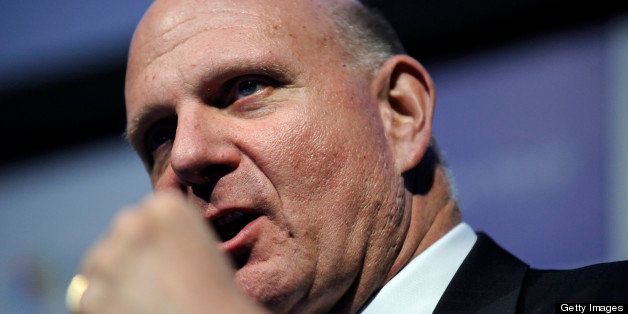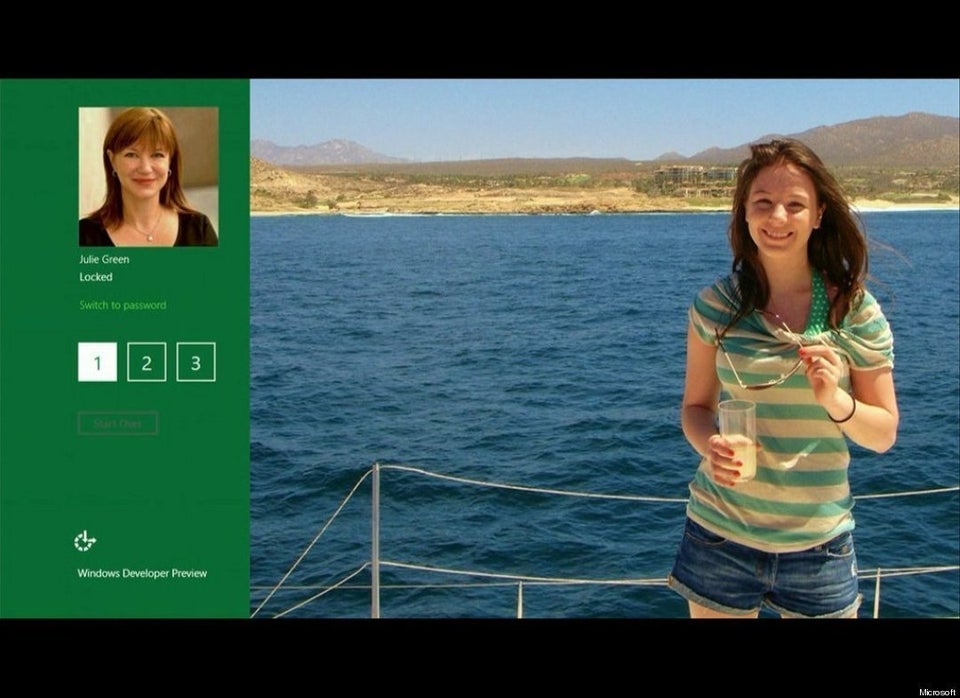
By Bill Rigby
SEATTLE (Reuters) - Microsoft Corp is bringing back the Windows "start" button, offering a stripped-down version among a slew of improvements aimed at winning over tablet users and placating PC customers alienated by Windows 8.
The world's largest software company is looking to re-energize sales of its latest Windows version, which has not made the splash with computer users it was hoping for. Executives say the plan is now to update Windows periodically, rather than waiting three years or so between big releases.
Although Microsoft has sold more than 100 million Windows 8 licenses since October, broadly in line with Windows 7 three years ago, the company must tackle a dwindling PC user base and its inability to make a mark in the exploding tablet market.
Shipments of traditional PCs - the most reliable gauge of Windows' popularity - are expected to fall almost 8 percent this year, while Microsoft's Surface has taken less than 2 percent of the tablet market.
Windows 8 was designed to be used both on touch-screen tablets and traditional PCs. But while touch-screen users tend to like the new "tile"-based interface, many mouse and keyboard users complained that the new design was confusing.
Confirming speculation, Microsoft said the Windows 8.1 update will have a button in the bottom left corner of the screen that acts like the "start" button in previous versions of Windows. Although it will not be labeled "start", it features the Windows logo and takes the user straight to a grid of applications.
"The work you are seeing us do here is continuing to advance the modern (interface), while really taking into account some of the things we've learned from people who still want to use the desktop, to make the transition easier," Antoine Leblond, corporate vice president of the Windows unit, said in an advance briefing on the Windows 8.1 update last week.
Microsoft is only making features of the new software public on Thursday.
FREE UPDATE
Windows 8.1, previously known by the code name "Blue", will be available for free to all Windows 8 users some time later this year. Microsoft will make a test version available at its annual developer conference on June 26.
Windows 8.1 also includes a vastly improved "search" function, which allows a user to search for documents, apps, or items on the Internet from a single search bar, like a souped-up version of Apple Inc's Spotlight feature.
It also allows users to see all their applications immediately in a grid by swiping down or pressing a button on-screen, which should make it easy for unfamiliar users to get to the app they want quickly.
Users can also customize the start screen much more easily, changing sizes of app icon "tiles" or controlling which apps appear. For the first time, it will be possible to open two windows simultaneously in the new-look interface.
Windows 8.1 includes Microsoft's latest browser, Internet Explorer 11, and lets the user restore the address bar and tabs to the screen view. That feature was missing in the initial version of Windows 8, which was designed to make the most of limited screen space on a tablet but tended to disorient traditional mouse and keyboard users.
Users will also no longer have to switch to the old desktop view to make changes in their default settings.
But they will still have to switch back to a traditional desktop set-up to use some programs such as Word or Excel, which have not been redesigned to function in the new Windows 8 style.
(Editing by Edwina Gibbs)

